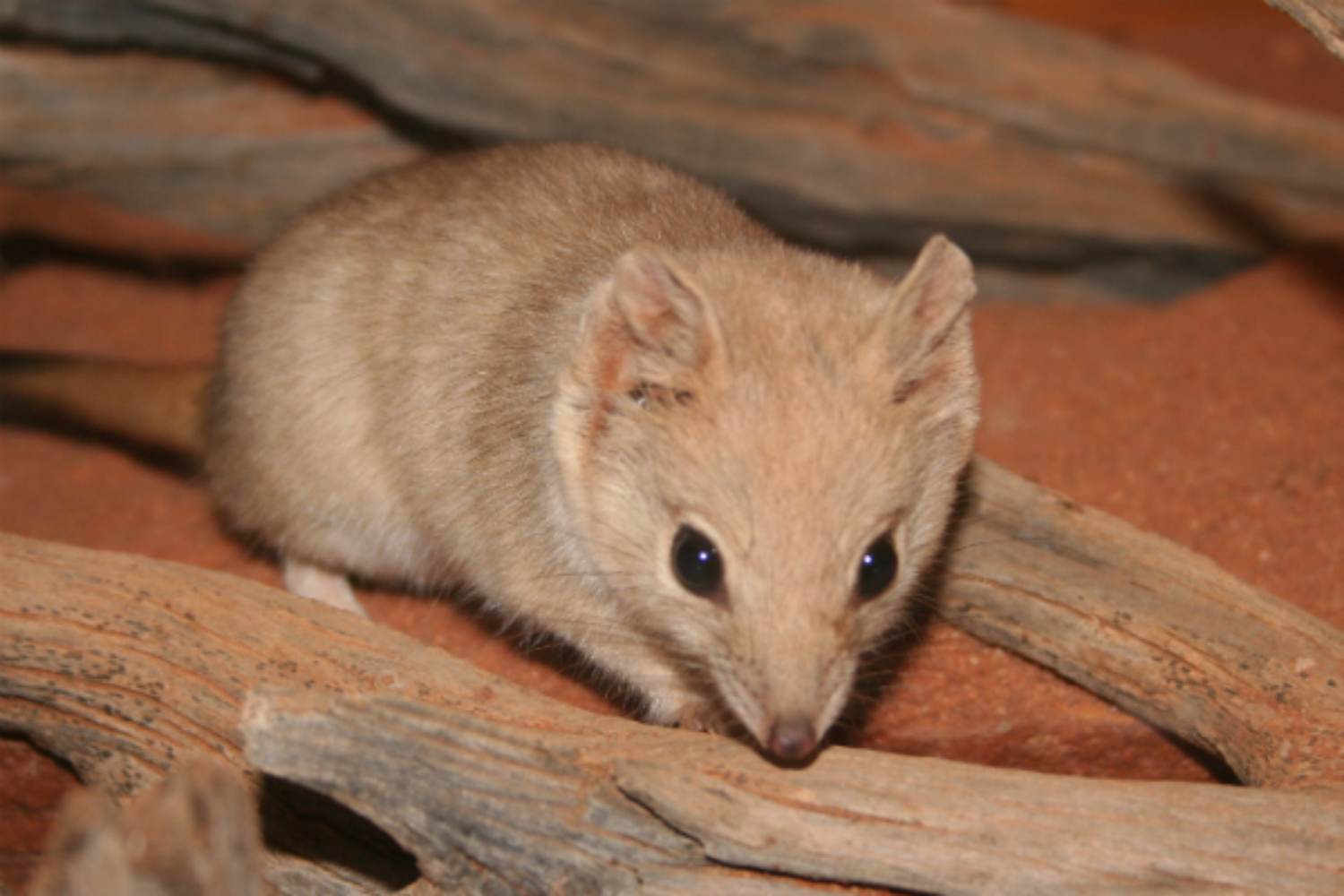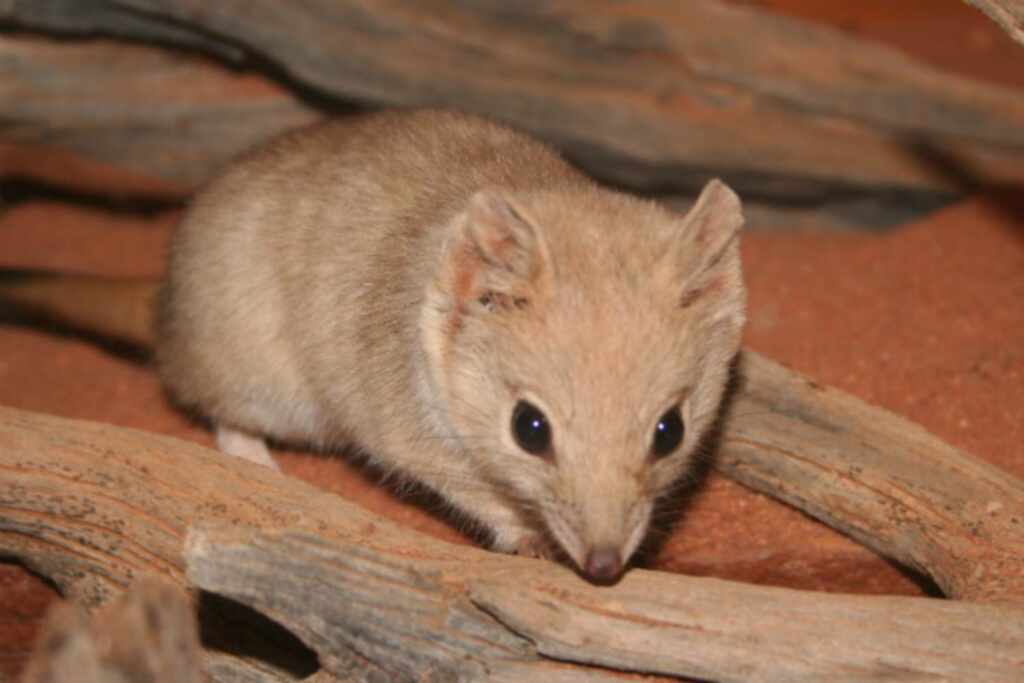The ampurta, once endangered, has staged a remarkable comeback in Australia, thriving during droughts and expanding its range, offering key lessons for wildlife conservation.

@Wikipedia
In the vast and often unforgiving landscapes of Australia, the ampurta (Dasycercus hillieri)—a small, rat-like marsupial predator—has stunned ecologists with its resilience. Once listed as endangered in 1999, the species not only survived but actually thrived during the harsh droughts that decimated many other animal populations.
Researchers at the Center for Ecosystem Science, University of New South Wales, have tracked how the ampurta managed to expand its range by more than 18,500 square miles (48,000 km²), reclaiming territories where it was once thought to be extinct. It is a vivid reminder of one of biology’s simplest yet most profound truths: life finds a way. In a continent where native species are disappearing at alarming rates, the ampurta’s ability to flourish under extreme conditions sends a rare and welcome message of hope.

@Wikipedia
A rare case of natural re-expansion
The ampurta’s comeback wasn’t random. Its flexible omnivorous diet and minimal water requirements proved crucial during times of scarcity. Then, an unexpected twist of fate tilted the odds in its favor. The arrival of rabbit hemorrhagic disease, which decimated rabbit populations, also weakened the food supply of invasive predators such as foxes and feral cats. With less pressure from these hunters, the ampurta was free to move back into once-lost territories.
Field surveys confirmed the trend. Even during the punishing droughts of 2017 to 2019, the species continued to grow in numbers. By 2019, the International Union for Conservation of Nature (IUCN) downlisted the ampurta to “least concern,” a sharp contrast to its endangered status two decades earlier. Few other native mammals in Australia can claim such a clear and rapid example of natural re-expansion under climate stress.
Lessons for conservation
This success story carries weight well beyond the fate of a single marsupial. The ampurta shows that conservation strategies benefit enormously from observing species in extreme climate events, not just under normal conditions. By identifying the traits that allow resilience—diet flexibility, water efficiency, relief from invasive pressure—scientists can design better recovery or reintroduction programs in areas where the species is still absent, including parts of New South Wales.
The ampurta has not only sidestepped extinction but has become a symbol of possibility in the often grim arena of Australian wildlife protection. Its resurgence illustrates how, even in hostile ecological contexts, survival and growth remain possible. For ecologists and conservationists, the story is more than encouraging—it’s a reminder that sometimes, given the right conditions, nature itself lends a hand.
Source: Biological Conservation
